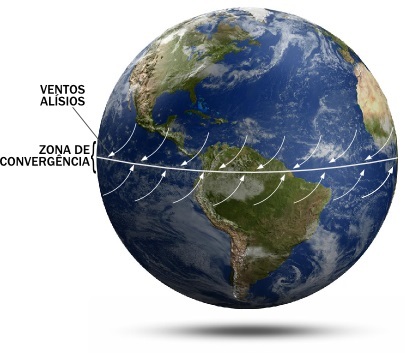Giardiasis (lambliosis): Caused by the ingestion of individuals of the species Giardia lamblia, together with water or food contaminated by the feces of a sick individual. It mainly affects the small intestine, causing weakness, abdominal pain and strong-smelling diarrhea. It can cause vitamin and mineral deficiencies and, in some cases, death from dehydration.
Tegumentary leishmaniasis (Bauru ulcer, tapir nose, angry wound): O Leishmania brasiliensis, L. guyanensis, L. amazonensis and other protozoa of the genus Leishmania they can cause the appearance of wounds that are difficult to heal on the skin and mucous membranes. Mouth, nose and pharynx are the most affected regions. These parasites are transmitted by the bite of female sand flies of the genus Lutzomyia, such as the previously infected moss and birigui.
visceral leishmaniasis (kalazar): caused by the flagellates Leishmania Chagasi or the L. donovani, is transmitted by females of the same sand fly insects responsible for the other type of leishmaniasis. In the body, these microorganisms can primarily cause fever, tiredness and anemia. In a second stage, damage to the spleen, liver, bone marrow, kidneys and intestines.
Trichomoniasis: It can be transmitted through sexual contact and the use of objects or clothing contaminated by the protozoan Trichomonas vaginalis, this disease affects the genital system. Men usually have an asymptomatic condition. In women, secretions that vary from white to yellowish, with a strong smell, can manifest.
THE MINISTRY OF HEALTH WARNS:
Self-medication can have unwanted and unanticipated effects, as the wrong medicine not only does not cure, it can worsen your health.
By Mariana Araguaia
Graduated in Biology
Brazil School Team
See more!
Giardiasis
Tegumentary leishmaniasis
visceral leishmaniasis
Trichomoniasis
Protist Kingdom - Realms of the Living World - Biology - Brazil School
Source: Brazil School - https://brasilescola.uol.com.br/biologia/giardiase-leishmaniose-tegumentar-leishmaniose-visceral-.htm


